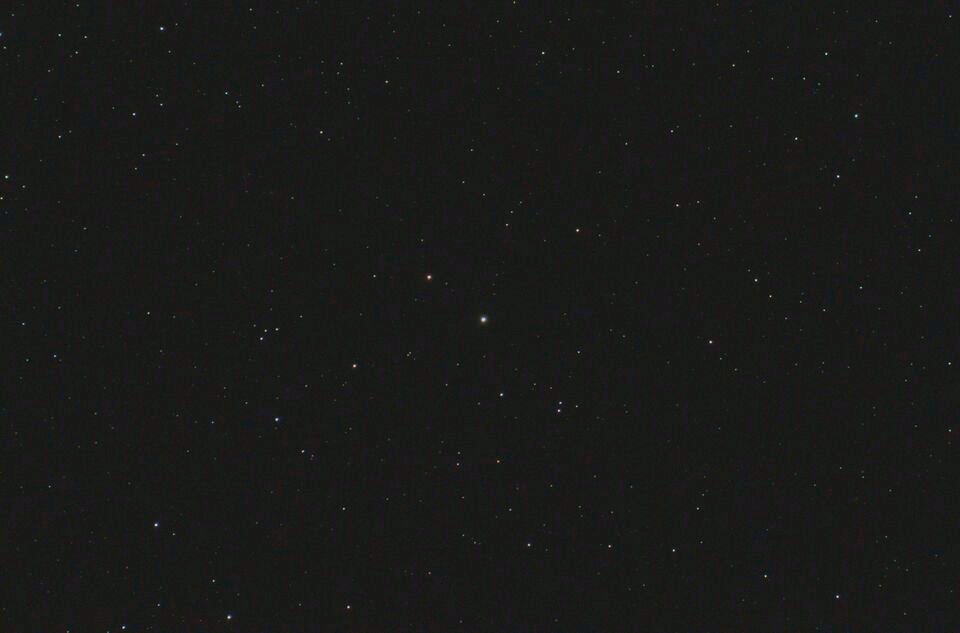Comet C2022 E3 ZTF in February 2023
The comet C/2022 E3 ZTF was recently visible on February, 7th from Bad Kreuznach, Germany, where the nights before were mostly overcast since the beginning of the year 2023. The comet was discovered in March 2022 by a professional wide-field survey observatory, the Zwicky Transient Facility as indicated by its name. The comet passed perihelion (closest approach to sun) on January 12th, 2023 and ran through the perigee (closes approximation to Earth) on February 1st, 2023 when it also reached its maximum apparent brightness of roughly 5 magnitudes. Thus in an urban area it could not be seen by the naked eye the moon being close to full around that date. The following image was captured shortly after the perigee passage on February 7th, 2023 at night.

